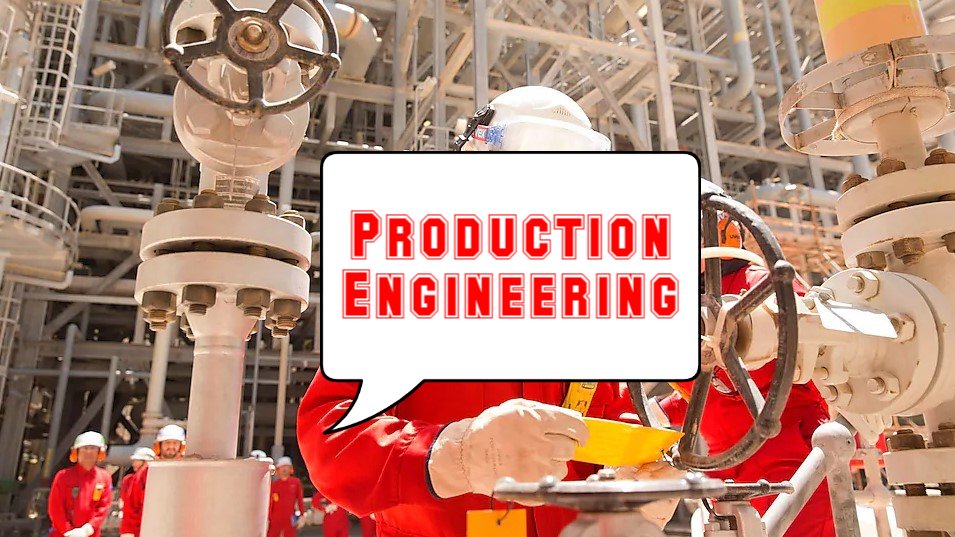21. The lip angle of a single point tool is usually
A. 20° to 40°
B. 40° to 60°
C. 60° to 80°
D. none of these
22. The average cutting speed for turning brass with a high speed steel tool is
A. 15 to 19 m/min
B. 25 to 31 m/min
C. 60 to 90 m/min
D. 90 to 120 m/min
23. The maximum production of small and slender parts is done by
A. watch maker’s lathe
B. sliding headstock automatic lathe
C. multispindle automatic lathe
D. capstan lathe
24. Side rake angle on tools is provided to control chip flow.
A. True
B. False
25. The method of grinding used to produce a straight or tapered surface on a workpiece is
A. internal cylindrical grinding
B. form grinding
C. external cylindrical grinding
D. surface grinding
26. A fixture does not guide the tool.
A. Correct
B. Incorrect
27. Crater wear occurs mainly on the
A. nose part, front relief face and side relief face of the cutting tool
B. face of the cutting tool at a short distance from the cutting edge only
C. cutting edge only
D. front face only
28. Gear lapping is an operation
A. after heat treatment
B. prior to heat treatment
C. for gear reconditioning
D. none of these
29. The facing is an operation of
A. bevelling the extreme end of a workpiece
B. embossing a diamond shaped pattern on the surface of a workpiece
C. reducing the diameter of a workpiece over a very narrow surface
D. machining the ends of a workpiece to produce a flat surface square with the axis
30. A fixture is defined as a device which
A. holds and locates a workpiece and guides and controls one or more cutting tools
B. holds and locates a workpiece during an inspection or for a manufacturing operation
C. is used to check the accuracy of workpiece
D. all of the above
